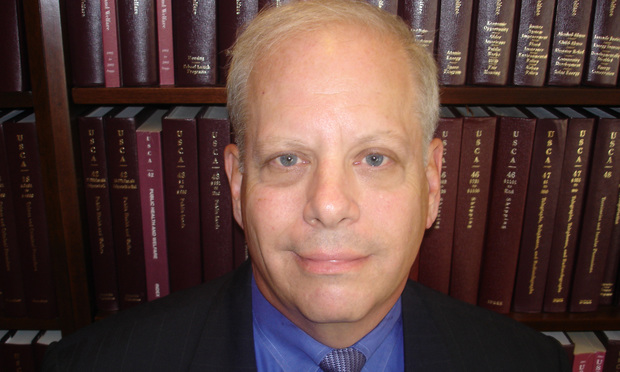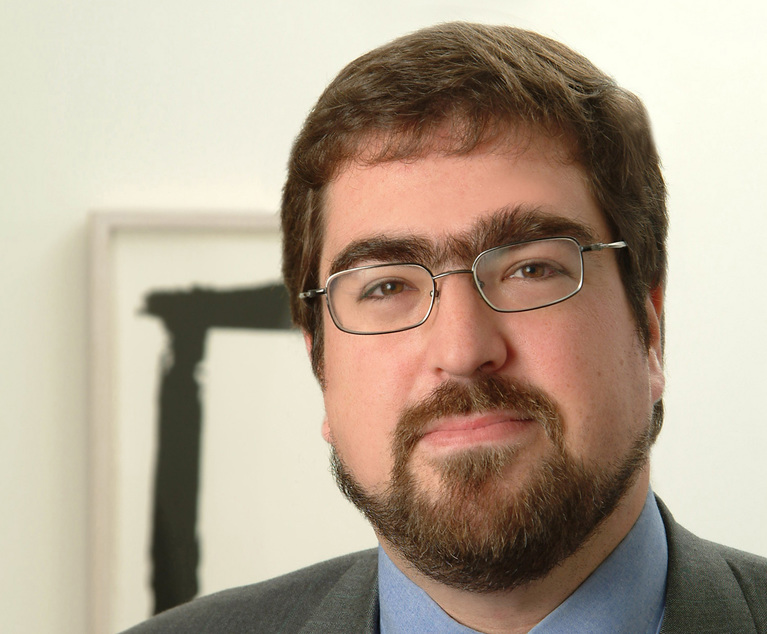“The witness is not here as an expert!” is an objection heard at depositions. The distinction between “fact” witnesses and “expert” witnesses is critical. Fact witnesses are permitted to testify to their sense-impressions. What they saw, heard, felt, tasted or smelled are all fodder for examination, but their predictions on future events or answers to hypothetical questions are not. Experts, on the other hand are there to make predictions on future events, or render “opinions” as they are otherwise called.
The genesis of professional negligence law from biblical times led to the twinning of medical and legal malpractice rules and practice. Legal Malpractice rules arise from the slightly earlier medical malpractice principles. “Continuous representation,” is one well-known example. Glamm v. Allen, 57 N.Y.2d 87 (1982); Shumsky v. Eisensein, 96 N.Y.2d 164 (2001). Immunity for strategic choice is another. Rosner v. Paley, 65 N.Y.2d 736 (1985). The absolute need for expert testimony in support of liability against the professional is a third. Sherman v. Ansell, 207 A.D.2d 537 (2d Dept. 1994).
This content has been archived. It is available through our partners, LexisNexis® and Bloomberg Law.
To view this content, please continue to their sites.
Not a Lexis Subscriber?
Subscribe Now
Not a Bloomberg Law Subscriber?
Subscribe Now
LexisNexis® and Bloomberg Law are third party online distributors of the broad collection of current and archived versions of ALM's legal news publications. LexisNexis® and Bloomberg Law customers are able to access and use ALM's content, including content from the National Law Journal, The American Lawyer, Legaltech News, The New York Law Journal, and Corporate Counsel, as well as other sources of legal information.
For questions call 1-877-256-2472 or contact us at [email protected]


 Andrew Lavoott Bluestone
Andrew Lavoott Bluestone




